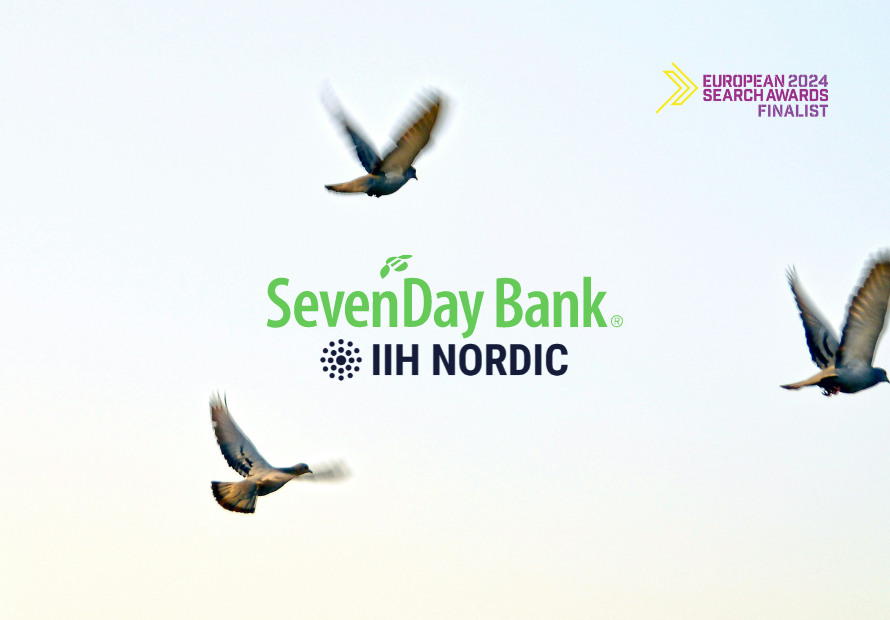Background
It is no secret that the media industry has been under pressure for a long time. Print media in particular have seen a decline in subscription circulation and readership, and this trend has been clear at Bonnier as they have 40 media brands in the Nordic region that do print magazines.
While news media have proven there is a market for digital subscriptions, magazine publishers in large numbers around the world have not succeeded in transforming print magazines into digital subscription media. But Bonnier has done so as one of the first companies in Europe.
With a market decline of 8-10% annually, it was clear to Bonnier that drastic changes in the business model and organization were needed to turn the negative trend. At the same time, the structural reductions in the existing business had to ensure profits in the short term.

So what do you do when your core product is printed magazines? It’s an issue that Bonnier has been working on since 2018, and it has taken the company on a digital transformation. A transformation that is not just about boosting existing products, but just as much about developing the organization and pushing the business in a new direction.
When embarking on a new journey, it is essential to outline the route. That’s why Bonnier started pursuing the new digital direction by identifying four tracks:
- Products: Is the product suitable for customers?
- Marketing communication: How do we communicate digital media to a new audience?
- Marketing technology: How do we use customer touchpoints and the customer journey in digital media?
- Skills: Do we have the right skills, processes and organization to make digital media?
The four tracks emphasized that technology, communication and organization not only had to work together, they also had to move in tandem – and forward they marched.
Solution
An assessment of the tracks showed that the two tracks ‘Products’ and ‘Marketing Technology’ should be kick-started first.
Bonnier had a large amount of data on customers, but it was located in different silos. In collaboration with IIH Nordic, data was enabled throughout the organization to better understand the customer and personalize the customer journey. Among other things this meant that subscription data and transactional data, CRM data, web data and channel-specific data from 4 countries were brought together.
The democratization of data created a common language throughout the organization, from CEO to specialist, and drove both business and organizational transformation.
Speaking the same language made it possible to move on to work on the ‘Product’ track. The 4 biggest brands, representing more than 50% of the total business, were selected, which was a bold move. In collaboration with Dwarf, a whitelabel frontend solution was developed that could support all Bonnier’s brands across countries. The solution standardized the way the editorial departments worked so that everyone could work with digital content. All brands were made with everything from paywalls to content components. This allowed the product track to scale quickly to multiple brands in 4 countries and helped the organization become more agile.
Although the web platform had standardized templates, editors were able to differentiate the content for their brand with minimal effort. For example, the ‘History’ brand could create themes about the Cold War when Putin went to war in Ukraine. The digital setup also provided new opportunities for enriching content that the printed media could not offer. Subscribers to ‘iFORM’ could now watch workout videos and listen to running programs on their phone while they ran – and subscribers to ‘Do It Yourself’ now had access to over 1,000 3D building instructions.
With data democratization and digital products, the last two tracks ‘Marketing Communication’ and ‘Skills’ were next in line. Data sets were used to follow the customer journey and set KPIs for each step of the customer journey funnel. This made it possible to assess what added value in customers’ encounters with Bonnier.
Data for all KPIs were visualized and displayed to employees throughout the organization. When everyone had the same insights, they could speak the same language and act accordingly. In addition, it was possible to work at a granular level with customers and with performance. The customer value per country, campaign, channel, etc. was entered into different segments and divided into CLV curves. By doing that, it was possible to work intelligently from a commercial point of view.
Outcome
The digital transformation at Bonnier is not over yet. It is a continuous effort that is constantly being evolved and optimized But the new digital direction has already delivered several important results both commercially and organizationally, creating an entirely new customer base for Bonnier and a foundation for a digital and modern business.
In a few years, the number of new customers opting for a purely digital product has increased to 30% (2022). In addition, 71% of all new subscribers buy via digital marketing channels (regardless of whether it is a digital or print product). The digital transformation can also be seen in the revenue generated from the digital-only business, which increased by 60% from 2020 to 2021.

With the digital transformation, Bonnier has managed to attract an entirely new group of customers. Over 80% of all new customers for the digital media products are customers Bonnier has never seen before. Thus, it has been a success to move the business from the original declining customer base to a new customer segment without losing the original customers – and a growth rate of 40% last year on digital subscriptions has helped to secure and stabilize the core business and create financial leeway to build a new, digital business.
Although there have been major changes in the way work is done at Bonnier, many employees have stayed with the organization. Around 50% of the employees working at Bonnier today have been there since before the digital transformation. This is the result of a major effort to retrain staff while adding new competencies.
The platform has also created the basis for engaging digital customers in a whole new way – all subscribers’ digital behavior across web, app and newsletters is gathered in an advanced Digital Engagement Score model that is used to automatically influence them for increased engagement through the use of relevant personalized content.
Clearly, there have been significant changes at Bonnier, but ultimately, the organization’s original ‘Reason to exist’ has not changed. Bonnier delivers quality content so customers can pursue their interests and hobbies. Customer needs are the same as before the transformation – it is only the way in which customers’ needs are met that has been further developed and renewed. Customers can still pursue their interests and what they love but in more contemporary digital formats and on a platform that enriches the content and experience.








